Itinerary
Tour day-by-day
-

Day 1: 8 kilometres
On arrival to the historic coastal town of Triabunna, guests will cruise across to Maria Island via the sparkling waters of Mercury Passage to the three kilometre sandy isthmus of Maria Island. On these pristine and untouched beaches, it is common to see Pied and Sooty Oystercatchers, Crested Terns, Australasian Gannets, Pacific Gulls, Hooded Dotterels, Silver Gulls and Short-tailed Shearwaters (from Spring until Autumn).
After enjoying a delicious lunch overlooking the crystal azure waters of Shoal Bay, walkers will head towards the tranquil Casuarina Beach camp. The afternoon brings the opportunity to explore a trail through tall eucalypt forests down to the spectacular Haunted Bay, renowned for its vivid orange-and-yellow lichen smothered granite rocks.
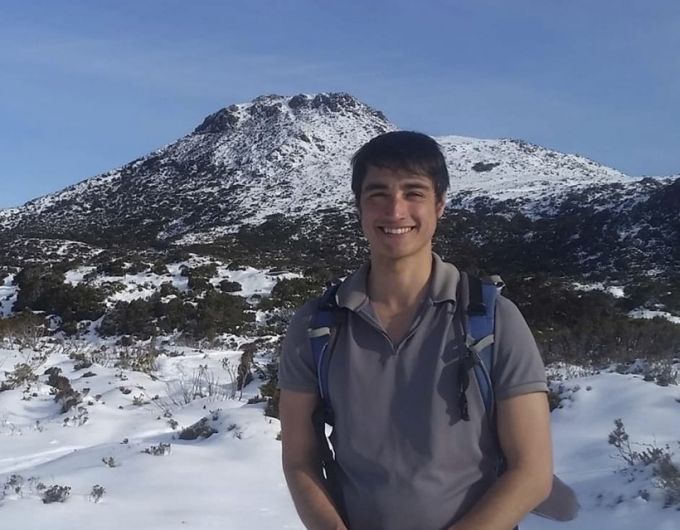 "On day one we go down to Haunted Bay where we see a huge exposure of granite. It dates to the Devonian Period and the earthy pink and orange looks beautiful contrasting against the blue water.”
"On day one we go down to Haunted Bay where we see a huge exposure of granite. It dates to the Devonian Period and the earthy pink and orange looks beautiful contrasting against the blue water.”Dan Fisher - Guide
On the return journey, walkers should keep a keen eye out for Short-beaked Echidnas, Pademelons, wallabies and Yellow-tailed Black Cockatoos. That evening, after a fine Tasmanian gourmet dinner, guests can stroll along the beach at sunset with a glass of wine, delighting in the day’s adventures.
Overnight Accommodation: Wilderness Glamping at Casuarina Beach Camp
-

Day 2: 13 kilometres
Waking up to the busy chattering of Yellow Wattlebirds, guests will watch the morning sun sparkle through the forest from the comfort of bed. After a delicious breakfast, it’s time to start the journey along five beautiful beaches.
This brings the opportunity to watch Bottlenose Dolphins play in the surf and White-bellied Sea Eagles soaring overhead whilst walking past the carpet of exotic shells lining the water’s edge. Winding through tracks of grassy tussocks to the sand dunes and to Bloodstone Beach, walkers will retrace the steps of French explorer Nicholas Baudin who visited in 1802 and pass the probation outpost of Point Lesueur.
Before settling into the White Gums Camp, walkers can take a quick swim or observe numerous bird species, including the rare Forty-spotted Pardalote, Spotted and Striated Pardalote, Scarlet Robins, Silvereyes, Green Rosellas, Yellow-rumped Thornbill and Strong-billed, Yellow-throated, Black-headed, Crescent and New Holland Honeyeaters.
“We have around 150 species of birds on the island, and on a four-day walk we would easily see between 20 to 30 of those, and that’s just on the main trail. If we have keen birders with us, we might take a little detour deeper into forested areas, where we’d see more. One of my favourite birds is the Dusky Robin. It’s Tasmania’s biggest robin and one of the island’s endemics. The way it presents itself and its beautiful melancholy birdcall makes it a really interesting species to observe.”
Danny Pullbrook - Guide
Cuckoos (Fan-tailed, Pallid, and Golden Bronze) may also be spotted on the White Gums in Spring, when they lay eggs in the nests of Superb Fairy-wrens, Satin Flycatchers and Yellow-rumped Thornbills. Walkers will also find an abundance of Common Wombats, Bennett's Wallabies and Forester Kangaroos. After this perfect day, guests can relax with fellow walkers, before enjoying a candlelit dinner of the finest Tasmanian food and wine.
Overnight Accommodation: Wilderness Glamping at White Gums Camp
-

Day 3: 9-17 kilometres
Today the Tasmanian Walking Guides will lead walkers inland to the heart of the Island to discover the lush and majestic forests. Wandering through the world’s largest stand of giant Tasmanian Blue Gums, walkers may spot Common Wombats and the noisy Swift parrot that feeds on the flowering nectar.
This critically endangered migratory species returns to the east coast of Tasmania in August to nest in the hollows of trees and breed. Walkers can choose to climb the peaks of Mt Maria or Bishop and Clerk, providing stunning views towards Tasman Island, Freycinet, Schouten Island and the Ile Des Phoques.
Towards the top of the peaks, small scree and big dolerite boulders are a remnant of the last glaciation period around 20,000 years ago, when upright columns fell due to freezing between the rock.
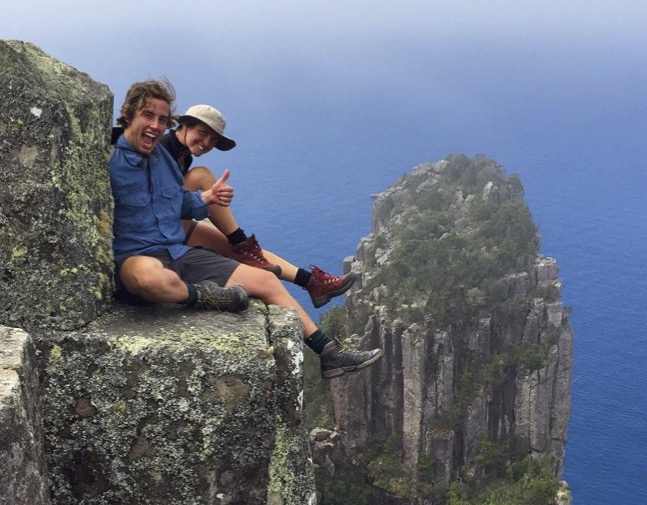 “Guests have the opportunity to climb Mount Maria or Bishop and Clerk, or both if they’re serious mountain goats. The incredible diversity the mountain peaks have to offer is a highlight of the trip. The juxtaposition between the pristine turquoise water at sea level and the rugged dolerite peaks is simply breathtaking. It’s a really unique geographical drawcard for the east coast of Tasmania.”
“Guests have the opportunity to climb Mount Maria or Bishop and Clerk, or both if they’re serious mountain goats. The incredible diversity the mountain peaks have to offer is a highlight of the trip. The juxtaposition between the pristine turquoise water at sea level and the rugged dolerite peaks is simply breathtaking. It’s a really unique geographical drawcard for the east coast of Tasmania.”Davis Hinton - Guide
In the evening, walkers will arrive at Tasmanian’s fascinating World Heritage listed settlement of Darlington, staying at the elegant colonial Bernacchi House for a final night banquet with fine wine and conversation. Outside, guests will commonly see Bennett's Wallabies and the Tasmanian Pademelons eating the heritage lavender in the gardens.
Overnight Accommodation: Bernacchi House
-

Day 4: 4 kilometres
The final day commences with a delicious breakfast followed by a walk around the northern tip of Maria Island. This trail covers a variety of spectacular woodlands and forests, before arriving at the dramatic sea cliffs of Fossil Bay.
These massive limestone cliffs store a prolific volume of fossils from a 280 million year old sea bed including fully formed shell fossils. Arriving back at Darlington, it is common to see grazing Common Wombats, Forester Kangaroos, Bennett's Wallabies, Cape Barren Geese, Tasmanian Native Hens, with a keen eye spotting pairs of beautiful Flame Robins darting around.
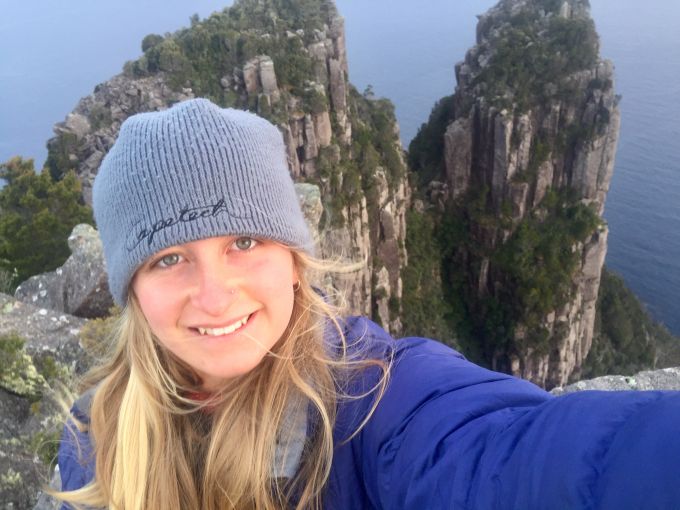 “The island is nicknamed Noah’s Ark because in the 1960s a variety of threatened species, such as Cape Barren Geese and Forester Kangaroos, were introduced to the island for their own protection. You really have to come here to understand just how much wildlife is around.”
“The island is nicknamed Noah’s Ark because in the 1960s a variety of threatened species, such as Cape Barren Geese and Forester Kangaroos, were introduced to the island for their own protection. You really have to come here to understand just how much wildlife is around.”Holly Schorta - Guide
Before boarding the boat to go back to the mainland Tasmania and Hobart, walkers will enjoy a celebratory farewell lunch to reminisce about the amazing four days walking across this beautiful Island.
-

Tour details
Group Size: Maximum of 10 guests, with a minimum ratio of one guide per 5 guests.
Pick-up and Drop Off Point: Hobart accommodations in city centre.
Pick-up and Drop-off Time: 7:30– 7:45am pick up on day one and 5:00pm drop off on day four.Clients to be 12 years or older unless by prior approval. No child discount is provided.
Our pack free walk option is an additional service available on nominated and private group departures for a rate of $200 per person. It’s the perfect option for guests who prefer not to carry their backpack which can weigh between 6-8kgs. We will transfer your gear between each nights’ accommodation, so you only carry your lunch, water, jacket and camera.
Food & Wine
Tasmania’s local produce, wineries and boutique beers are world famous and we use the freshest of produce from local suppliers like:
- Pigeon Hole Bakery
- Wellington Apiary
- Hill Street Grocer
- Huon Salmon
- Ashgrove Cheese
Our guides prepare restaurant quality meals and each evening serve a 3 course, candlelit dinner under the stars complimented by award winning Tasmanian wines from vineyards like Cape Bernier, Springvale and Bream Creek and local beers. Bon appétit.
How you'll be making a positive impact
We have aligned our sustainability vision with the United Nation’s Sustainable Development Goals (SDGs).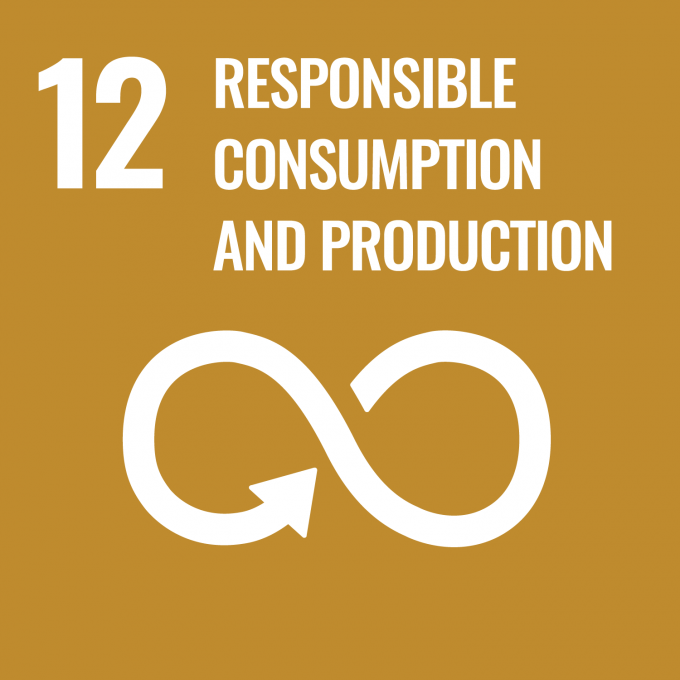 Rubbish Minimisation on Maria Island
Rubbish Minimisation on Maria Island
The team behind The Maria Island Walk pride themselves on generating less than one bag of rubbish throughout the four-day experience, which accommodates up to 12 people. Their on-site robust waste management system includes cleaning and sorting recyclable materials, and ensuring all organic waste is composted. Keep Cups and reusable water bottles are given to guests to avoid single-use items.
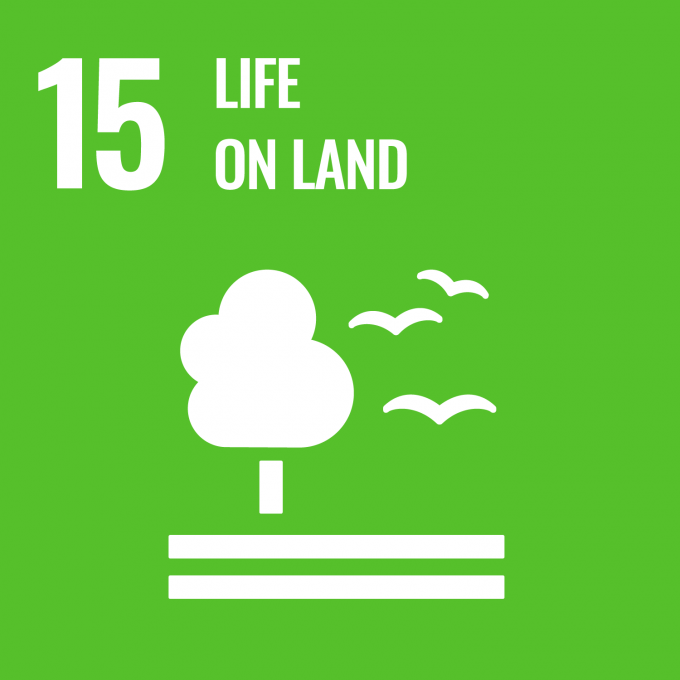 Revegetating Four Mile Headland on Maria Island
Revegetating Four Mile Headland on Maria Island
The team at The Maria Island Walk has partnered with Tasmania Parks and Wildlife Service to re- plant over 800 colonial-era heritage trees on Maria Island. The tree planting work began in in 2014 at Four Mile Headland, which is located about seven kilometres from Darlington and where guests arrive on day two of the four-day walk.
 Minimising Water Usage on Maria Island
Minimising Water Usage on Maria Island
The Maria Island Walk’s safari-style wilderness camps are located in off-grid remote locations, designed to have a small environmental footprint with low-water bush showers, clean composting toilets and utilising rainwater harvesting systems. Through these processes, guests utilise an average of eight litres of water per night, with all water treated on site.

















